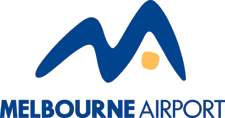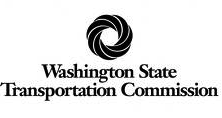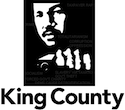Rider Surveys & Transit Agencies
Travel is something everyone does. Most people go somewhere everyday, it may be 100 yards or 100 miles, but travel is a constant in society.
Travel is something everyone does. Most people go somewhere everyday, it may be 100 yards or 100 miles, but travel is a constant in society.
 |
 |
 |
 |
Transit companies are at the core of an industrial society, they move people to where they need to be. Unlike many companies, transit companies have many daily repeat buyers, and while they may in some respects have a monopoly on what their customers purchase, this doesn't mean they can afford to be complacent.
Ridership surveys are becoming increasingly important for transit companies. As the name implies they are the way that customers of the transit companies can give their feedback on services, comment on pricing and facilities and suggest what new facilities or routes need to be implemented.
Rider satisfaction measurements are increasingly popular and can provide a core indicator of how well the transit system is performing. The actual volume of travellers is not a meaningful statistic, as this can be affected by many variables, including the state of the economy. So unlike retail stores for instance, volumetric measurements are not necessarily meaningful. Many riders have little choice in the form of transport that they use every day. This monopoly means that riders need a way to express their opinions even more than with a usually company/client relationship. Riders very often can't vote with their feet and use an alternative transit company, very often the transit company is the only alternative they have. So the ability to provide feedback on the transit service is a way of promoting rider satisfaction! If customers are forced to use a certain product that monopoly can only breed resentment, its vital to provide a channel for riders to express themselves so they can feel valued.
In the past ridership surveys have been laborious. Telephone interviewing would mean that a great deal of money had to be spent to locate the users of a transit service. Once a transit service user was located they would have to recall their experiences on the transit service, not a very reliable method. In person interviewing, called intercept, involved paying someone to travel a certain route interviewing passengers. The problem with this is that people cost money by the hour, they can't be on every route all the time and there is always the problem of falsified interviews. Who watches the interviewers ? This is again more expense for a very limited amount of coverage. Fortunately there is now a cost effective, reliable way to carry out ridership surveys using the Survey Swipe smartphone interviewing system. Smartphone technology, iPhones, Android phones and so on, is pervasive throughout all demographics of transit customers. Using these smartphones transit customers can have instant and constant access to ridership surveys on all routes, 24 hours a day ! Before now this was simply not possible. This new technology is a revolution for ridership surveys in all modes of transit from buses, to ferries and airplanes, consumers voices can always be heard.
There are two basic ways of performing transit surveys. The first is incidental. That is consumers are invited via posters such as the one above to take part in a ridership survey. The QR code (the black and white dots) provides a way for the smartphone to access a survey. The user can then enter their responses and additionally they can also upload images taken by the rider. This means that a question about what dissatisfies them can be accompanied by an image explaining their comment! This provides instant, actionable feedback to the transit company. Using QR code posters means that all routes can be covered all the time, riders will always have the opportunity to give feedback on any route they may be on, with a very low overhead for the transit company. The results of the surveys are available 24/7 to managers via the Survey Analytics system, which allows analytics and graphics to be produced. Alerts can also be generated if a customer has urgent comments about something on the transit system.
The second was of getting rider feedback is via rider panels. These are panels of riders who are recruited via posters such as the one above or other media campaigns. They are then sent surveys to complete periodically about the transit services they use. This means that you can have guaranteed coverage of all routes. Panels can also provide the ability to use geolocational triggering of surveys. Survey Swipe have the ability to send users surveys depending on their locations via the GPS facilities of their smartphones. So you can decide to survey all users of the transit service that enter a certain region or board in a certain place automatically with no extra cost! Geolocational surveys are a huge step forward for transit studies, because which by their nature have a locational aspect to them. So instead of asking who was in a certain place at a certain time, you can simply set up a geolocational study and know automatically.